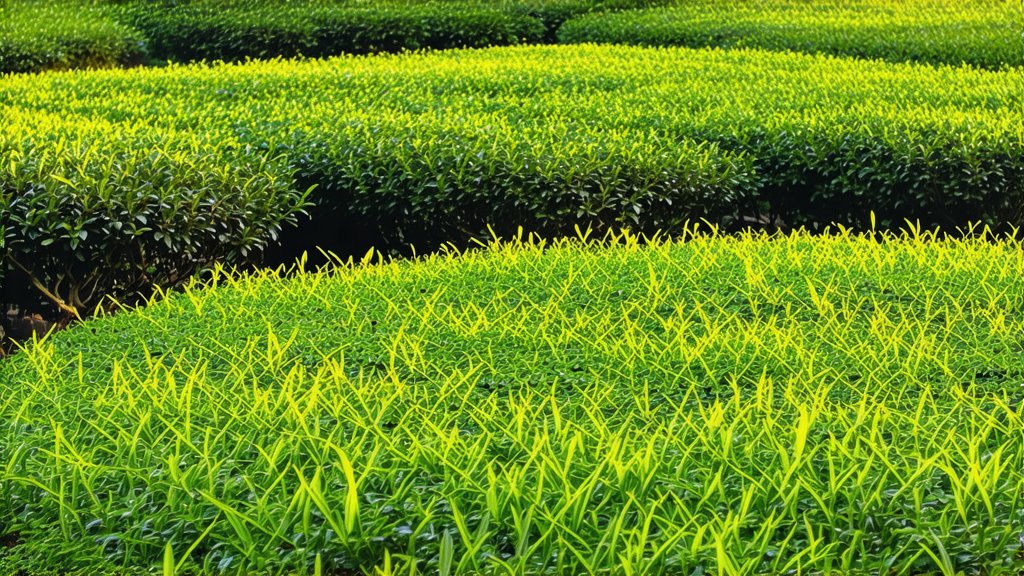
In the vast and diverse landscape of Chinese tea culture, Junshan Yinzhen stands as a beacon of uniqueness and elegance, representing the pinnacle of yellow tea craftsmanship. This exquisite tea, hailing from the misty mountains of Junshan Island in Hunan Province, has been cherished for centuries, not only for its distinctive flavor profile but also for its rich historical significance and intricate production process. As we embark on this journey through the world of Junshan Yinzhen, prepare to be captivated by its golden hue, mellow taste, and the profound cultural heritage it embodies.
Historical Roots and Cultural Significance
The origins of Junshan Yinzhen trace back over a millennium, with legends intertwining with historical records to paint a vivid picture of its esteemed past. According to folklore, the tea was first discovered during the Tang Dynasty (618-907 AD) when a local farmer stumbled upon wild tea plants that bore leaves with a peculiar yellowish tint. These leaves, when processed using a special technique, produced a tea of unparalleled quality, earning it the name "Yinzhen," meaning "silver needle" due to its slender, hair-like appearance resembling silver threads.
Throughout subsequent dynasties, Junshan Yinzhen gained royal patronage and became a symbol of prestige and refinement. It was often presented as a tribute tea to emperors and high-ranking officials, solidifying its status as a tea of imperial favor. Today, it continues to be celebrated both domestically and internationally, serving as a testament to China's enduring tea legacy.
Varieties and Characteristics
Junshan Yinzhen is primarily categorized into two main types based on the season of harvest: Pre-Qingming (before the Qingming Festival, usually around early April) and Post-Qingming. The Pre-Qingming batch, considered the finest, features younger leaves that are more tender and produce a sweeter, more delicate brew. These early spring leaves are carefully handpicked, ensuring only the bud and the topmost leaves are selected, hence the 'silver needle' moniker.
Post-Qingming Junshan Yinzhen, while still of high quality, exhibits a slightly stronger flavor profile due to the more mature leaves harvested after the Qingming Festival. Both varieties share a common characteristic—their striking golden coloration when brewed, which sets them apart from other teas and signifies their unique processing method.
The Art of Craftsmanship: Production Process
The creation of Junshan Yinzhen is an art form in itself, demanding meticulous attention to detail and adherence to traditional methods passed down through generations. The process begins with the careful selection of tea plants grown on Junshan Island, which benefits from a perfect microclimate characterized by cool temperatures, heavy mist, and fertile soil enriched with minerals.
-
Withering: Freshly picked leaves undergo a gentle withering process to reduce moisture content and initiate chemical changes that contribute to the tea's distinctive aroma and taste. This step is crucial for developing the characteristic mildness of Junshan Yinzhen is known for.
-
Fixation: Unlike green teas, which are quickly fried or steamed to fix their green color, Junshan Yinzhen undergoes a slower, controlled heating process that allows for partial oxidation. This unique step turns the leaves yellow and imparts a subtle sweetness without losing the grassy freshness associated with greener teas.
-
Shaping: The fixed leaves are then skillfully shaped into their signature straight, slender forms resembling silver needles. This process requires expert hands and years of experience to perfect.
-
Drying: Finally, the shaped leaves are gently dried to remove any remaining moisture, ensuring stability and longevity without compromising flavor or aroma.
The entire production process is carried out with utmost precision and care, reflecting the artisanal nature of Junshan Yinzhen production. Each step contributes to the final product's exceptional quality, making it a true labor of love.
Savoring the Golden Elixir: Tasting Tips
To truly appreciate the nuances of Junshan Yinzhen, one must engage in a mindful tasting ritual that honors its complexity and subtlety. Here are some tips for an optimal tasting experience:
-
Water Quality: Use fresh, filtered water heated to approximately 80-85°C (176-185°F). The purity and temperature of the water significantly impact the flavor extraction.
-
Tea Quantity: For every 150ml of water, use about 3 grams of Junshan Yinzhen leaves. Adjust according to personal preference but remember that less is often more with such delicate teas.
-
Infusion Time: Begin with a short infusion time of around 1 minute for the first brew, gradually increasing by 30 seconds for subsequent infusions. Over-steeping can lead to bitterness, so it's best to err on the side of caution initially.
-
Observation: Watch as the leaves unfurl gracefully in the water, revealing their golden hue. Appreciate the clarity and color of the liquor, which should be a pale yellow with a slight greenish tinge.
-
Aroma and Flavor: Inhale deeply before taking your first sip to capture the tea's delicate fragrance, which may include hints of floral notes, fruitiness, and a whisper of sweetness. On the palate, expect a smooth, mellow taste with a lingering sweet aftertaste that invites further exploration.
-
Multiple Infusions: Junshan Yinzhen is known for its ability to withstand multiple infusions, each revealing different facets of its character. Enjoy up to five infusions, adjusting steeping times accordingly.
In conclusion, Junshan Yinzhen is not merely a beverage; it is a gateway into the soul of Chinese tea culture, embodying centuries of tradition, artistry, and a deep connection to nature. Its golden elegance transcends borders, inviting tea enthusiasts worldwide to partake in this timeless ritual and discover the profound tranquility that each cup offers. As you savor this rare treasure, allow yourself to be transported to the misty hills of Junshan Island, where every sip tells a story of history, craftsmanship, and the enduring allure of Chinese yellow tea.